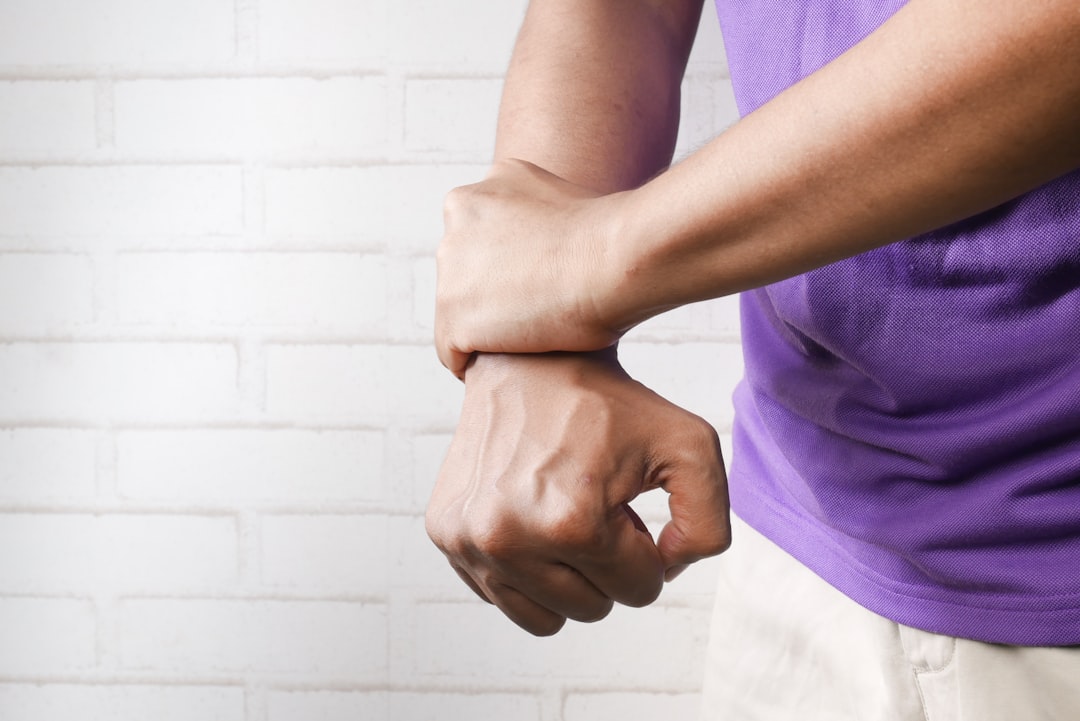
Have you thought about the health of your bones lately? My guess is if you’re in the menopause transition - or post-menopause - you have. That’s because that’s the time you’re likely to see your bone density begin to take a dip. Or maybe you’ve already suffered a fracture
The loss of estrogen is a big culprit - on average, its estimated that we lose up to 10 percent of our bone mass in the first five years after menopause. Estrogen helps maintain the activity of osteoblasts and inhibits the activity of osteoclasts and osteocytes.
Maybe you’ve been diagnosed with osteopenia (low bone density) or osteoporosis (bones so weak that they’re susceptible to breaking).
Case in point: A few years ago after I entered menopause, my gynecologist became alarmed at the results of my bone density test. At that point, my bone density was low, which is known as osteopenia. This is not as serious as osteoporosis, and can sometimes be arrested with lifestyle changes.
Though I was always conscious of my health,this ramped up my efforts, especially after breaking my wrist when I slipped on a slick bathroom floor. I worked hard at making sure to include healthy doses of calcium, vitamin D and added even more exercises to my regimen (like those devoted to balance, to help minimize falls) and added even more green, leafy veggies to my diet.
Alas, my efforts did not prevent my osteopenia from progressing. (Besides menopause, my risk factors included a family history and being thin with relatively small bones.)
I now have osteoporosis, which I treat by taking the prescription medication Fosomax.(I resisted taking it for years, until I weighed the pros and cons and realized that a possible hip or another type of fracture is nothing to sneeze at.)
I’m sharing a piece I wrote for the website, Wellen, a company dedicated to transforming the health and wellness landscape for women over 50 with personalized fitness programs created by medical experts.
“Estrogen is essential for strong bones, but as levels decline after menopause, bone loss accelerates, which can lead to osteoporosis.”
Here’s a brief interview with Wellen’s CEO and founder, Priya Patel. When I was approached by Wellen to write this article, I was overjoyed to learn about this company who truly cares about the health of women over 50.
SHERYL KRAFT: Priya, can you share what inspired you to create Wellen?
PRIYA PATEL: My mother suffers from osteoporosis, and my grandmother's life was profoundly impacted by the condition, eventually leading to her being wheelchair-bound and passing away in a nursing home during the pandemic. Witnessing my grandmother's heartbreaking decline in health and independence inspired me to create Wellen.
SK: Why this, why now?
PP: The health and wellness industry has long overlooked the unique needs of women over 50, despite the staggering statistic that 1 in 2 women in this age group will experience an osteoporotic fracture. There’s an urgent need for innovation in this area.
SK: Yes, that number is staggering, frightening and really quite intimidating. So, tell us about how Wellen works?
PP: Wellen is pioneering a first-of-its-kind personalized fitness program, with scientifically-backed exercises and workouts specifically designed for women with osteopenia and osteoporosis. By addressing this underserved demographic, we aim to empower women with the tools they need to maintain their health and independence.
Thank you, Priya Patel, for caring, and creating this innovative, forward-thinking program!
For a Pause:
To help prevent osteoporosis and keep fractures at bay:
Stay physically active. Make sure to include balance and weight-bearing exercises (like walking) in your routine.
Be moderate in your alcohol intake.
Eat a calcium-rich diet and supplement with vitamin D if necessary.
Don’t smoke. And if you do, please quit!
One More Thing!
Most recommendations say women should have their first bone density test(or DEXA scan)at age 65. But there are many circumstances that warrant earlier testing. Read about it here.

